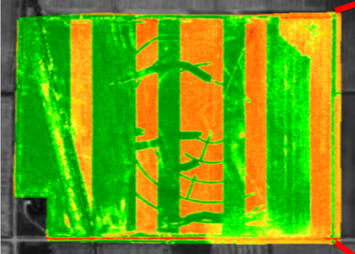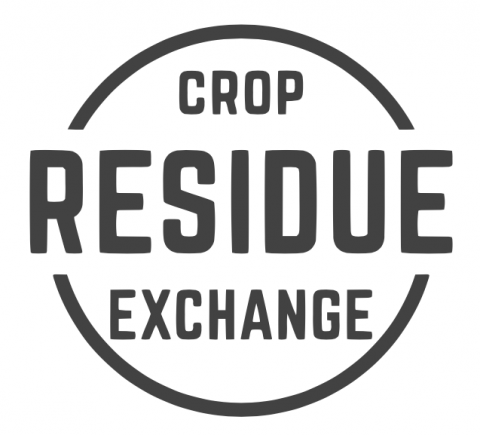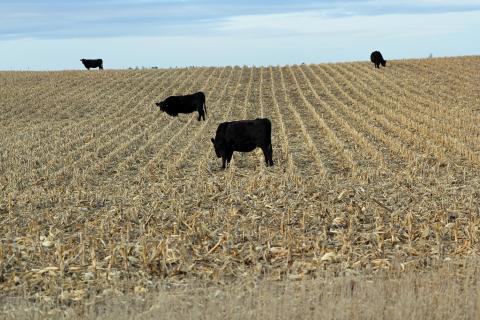Assessing Cover Crop Biomass Using Aerial Imagery: Lessons Learned During the UNL-NRCS Soil Health Initiative
October 15, 2020
Using aerial imagery, a non-destructive and easy-to apply method, we are able to gain insight into cover crop biomass production across an entire field, which would not be possible with traditional, boots-on-the-ground biomass sampling.
Market Your Crop Residue Using the Crop Residue Exchange
September 24, 2020
This interactive, online tool helps farmers and cattle producers connect and develop mutually beneficial agreements to use crop residue and forage cover crops for grazing.
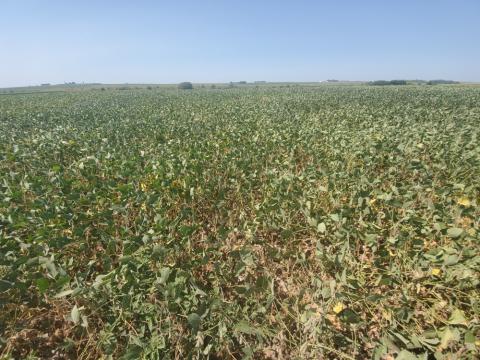
Harvesting Soybeans for Hay or Silage
September 1, 2020
The decision to harvest as forage (hay or silage) or grain should be based on economics. However, the decision to not harvest soybeans as grain does need to be made as soon as possible to capture the forage value of drought-stressed soybeans.
Estimating a Fair Value for Standing Forage
July 29, 2020
Several things need to be considered when deciding what value to place on standing forage. Forage prices reflect current inventories, demand, expected current season production and associated yield risk, and quality characteristics.
Freeze Damage to Alfalfa
April 15, 2020
April freeze nips alfalfa. Extent of damage varies based on numerous factors, but no management actions are recommended.
Crop Residue Exchange Updated and Available for Listings
September 20, 2019
Interested in making your corn residue available or grazing? New updates make the Crop Residue Exchange even easier to use to link cattle producers and available grazing resources.
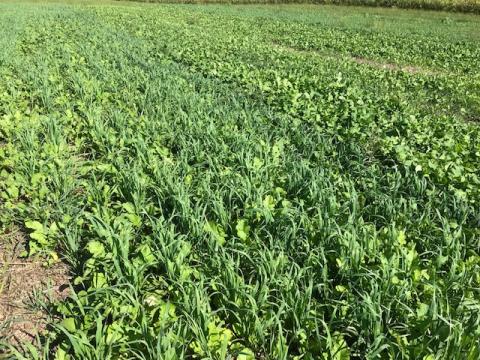
Cover Crop Field Tour Sept. 17 in Nemaha County
September 4, 2019
A Cover Crop Field Tour of three sites in Nemaha County will look at how cover crops are being used and what the early yield and biomass data are showing. A soil pit at one site will also offer insights into longer-term soil health benefits.
Cover Crop Considerations Following Late-Season Hail
August 29, 2019
Late-season hail has impacted fields across Nebraska. Growers may want to consider the value of cover crops for weed management, excess nitrogen uptake, and forage options.

